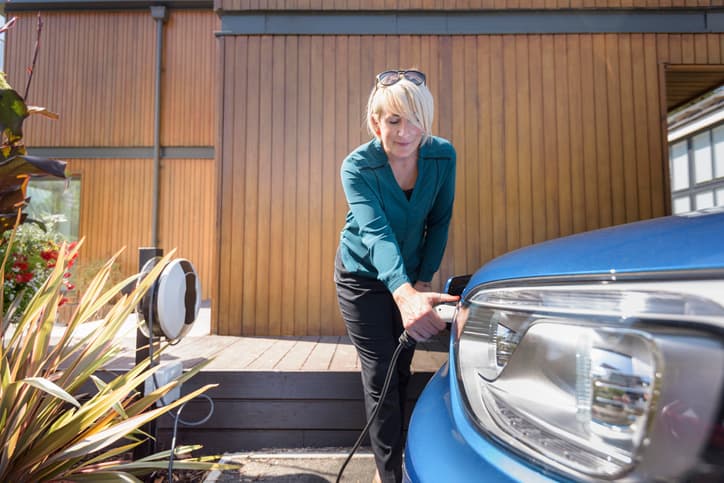
Monty Rakusen/Image Source/Getty images
Electric Vehicle Charging Guide
Written by Saltanat Berdikeeva
Edited by Hannah Hillson
Last updated 12/02/2022
Why trust SaveOnEnergy?
Learn MoreAt SaveOnEnergy, we work to offer accurate information with editorial integrity.Our partners do not direct our editorial content, though we may reference their products in our posts. Read more about how we make money.
Electric Vehicle Frequently Asked Questions
Residential Level 1 chargers use a standard 120V outlet to charge the vehicle, which has the slowest flow of electricity. A Level 2 charger uses a 240V, double the output of a Level 1. These EV chargers use a smaller AC/DC onboard power converter to charge an EV battery compared to a much larger Level 3 charging station. Level 3 chargers use DC power, eliminating an electricity conversion step for faster charge times.
You should follow the EV user manual, which provides battery charging recommendations. Generally, it’s not necessary to charge an EV every night because doing so can reduce a battery pack’s lifespan. According to some experts, it’s good to keep a battery charge above 45% but avoid regularly charging to 100%.
An EV regulates the charging speed. As the battery gets closer to full charge, an EV reduces the charge speed to safeguard the battery and boost its charging efficiency. The level where a charge rate starts to slow down is unique to the specific EV.